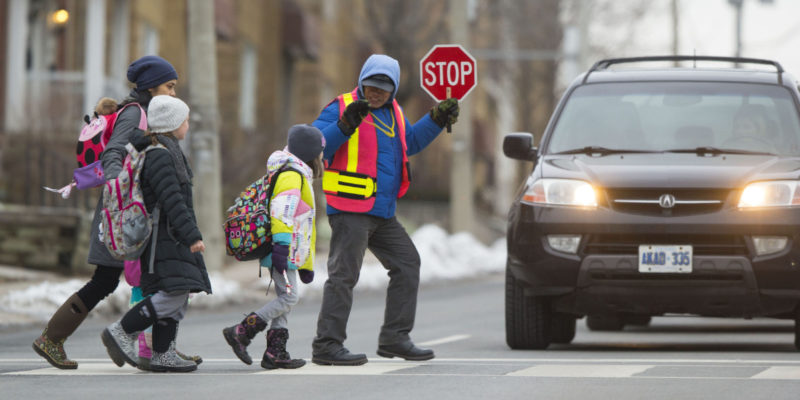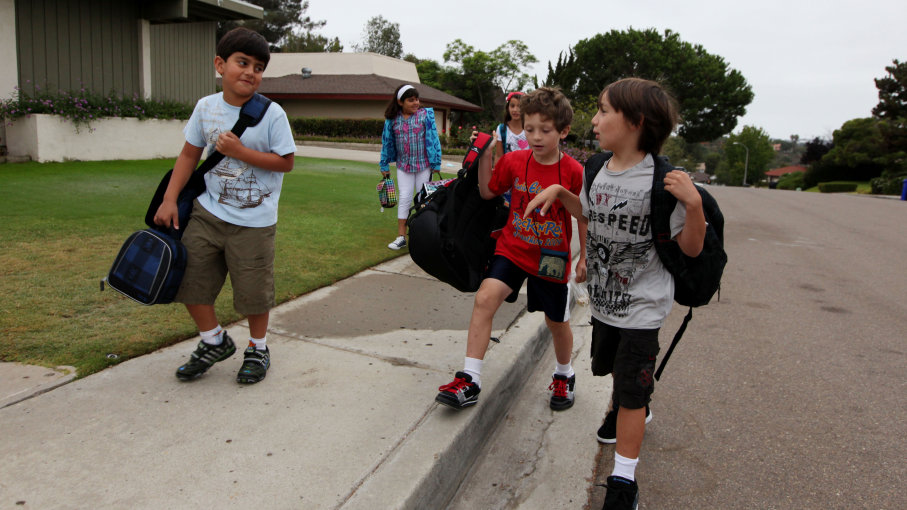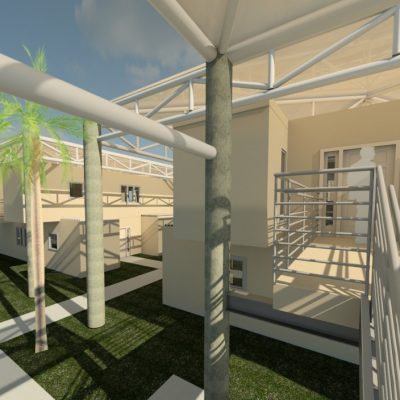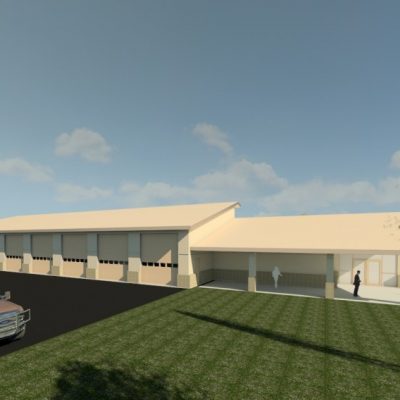
By D. Brent Sauser, AIA
June 30, 2021 
Going to school in the 1950’s and 60’s was so different than how it is today. Compared to today I feel more like Opie growing up in Mayberry. We didn’t think twice about walking or riding a bike to school. That’s what everybody did
. There were no buses, no parental drop-off zones. No matter how far, we managed to get there safely. Of course, back then there were fewer cars, less traffic, and less overall congestion. Life ran at a much slower pace. No need for cell phones. My friends would meet on the designated street corner and begin our daily journey to school. We had about seven or eight residential blocks to cross before arriving on school grounds. We obediently looked both ways and proceeded accordingly. We were careful, although cross traffic was a rare occurrence. Returning home often meant waking alone because many of us had after-school activities. Rain or shine I can’t remember anytime I was ever dropped off or picked up after school. This was true for middle school and high school. My elementary school was located behind my back yard, so all I had to do was hop the fence and I was there.
 The diagram shows the two-mile trek I would bicycle to high school (each way). I didn’t think too much about whether it was a safe or not. I just did it. The alternative was to walk. I had to cross major streets, watch out for cross traffic from smaller residential streets, pass through the downtown area, and eventually arrive at my destination. Back in the mid-1960’s it was challenging enough to navigate through. I couldn’t imagine expecting someone to make the same journey today. We don’t live in Mayberry anymore. What may have worked in the 1950’s and 60’s doesn’t work in the 21st century. Living in a grid pattern of 20 or more residential homes situated back-to-back, repeated over and over, may have been an efficient solution for home construction, but resulted in numberless residential islands separated by a never ending sea of asphalt and concrete, where pedestrian and vehicle meet. The more this occurred, the more risk of an accident.
The diagram shows the two-mile trek I would bicycle to high school (each way). I didn’t think too much about whether it was a safe or not. I just did it. The alternative was to walk. I had to cross major streets, watch out for cross traffic from smaller residential streets, pass through the downtown area, and eventually arrive at my destination. Back in the mid-1960’s it was challenging enough to navigate through. I couldn’t imagine expecting someone to make the same journey today. We don’t live in Mayberry anymore. What may have worked in the 1950’s and 60’s doesn’t work in the 21st century. Living in a grid pattern of 20 or more residential homes situated back-to-back, repeated over and over, may have been an efficient solution for home construction, but resulted in numberless residential islands separated by a never ending sea of asphalt and concrete, where pedestrian and vehicle meet. The more this occurred, the more risk of an accident.
More attention needs to be focused on how to best address the issue of residential planning. Instead of cramming homes on the smallest lot size zoning codes will allow, we must develop better master planning methods to minimize the number of streets children have to cross to get to school. Doing so will mean a more creative and pleasing community layout. Granted, that might reduce the total potential number of housing units constructed, but those projections are based upon the obsolete grid pattern of yesterday.
 The following diagram shows where my grandchildren live in proximity to their elementary school. They walk to and from school. As you can see, there has been marginal improvement in the past 50 years. The grid pattern is still front and center with smaller lot sizes, more homes crammed together, and streets to cross. Can we honestly say that we are prioritizing our children’s safety? Is this the best we can do? We need to embrace new criteria for development that assures a balance of the natural environment within the community while optimizing children’s safety.
The following diagram shows where my grandchildren live in proximity to their elementary school. They walk to and from school. As you can see, there has been marginal improvement in the past 50 years. The grid pattern is still front and center with smaller lot sizes, more homes crammed together, and streets to cross. Can we honestly say that we are prioritizing our children’s safety? Is this the best we can do? We need to embrace new criteria for development that assures a balance of the natural environment within the community while optimizing children’s safety.
![]()










Everything is very open with a clear clarification of the challenges. It was really informative. Your site is useful. Many thanks for sharing!